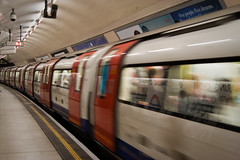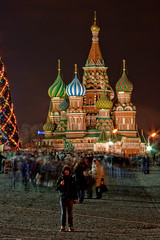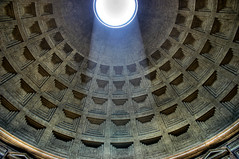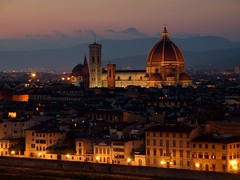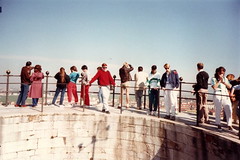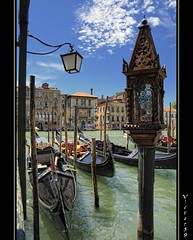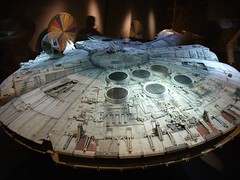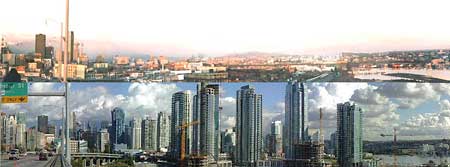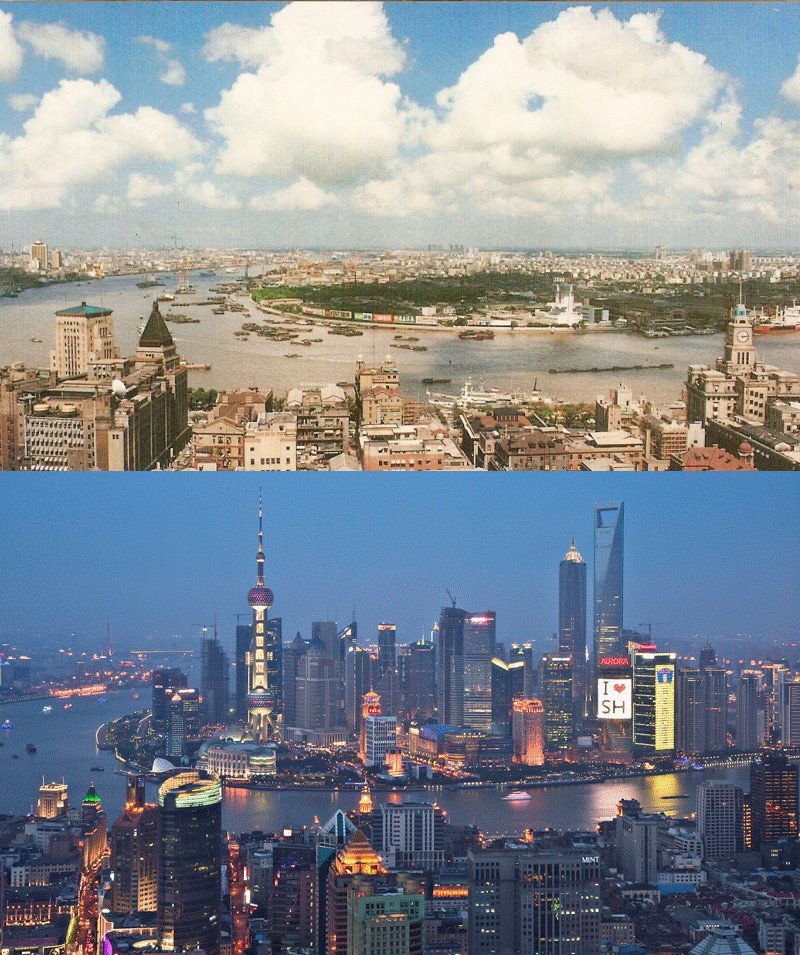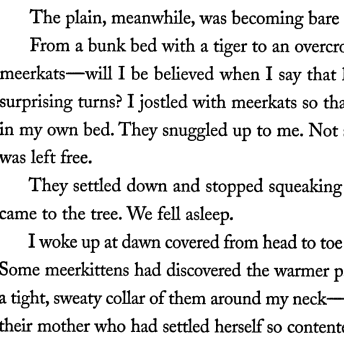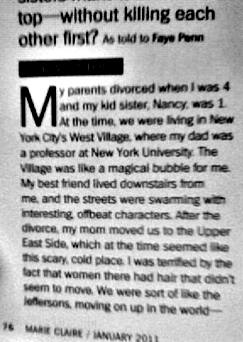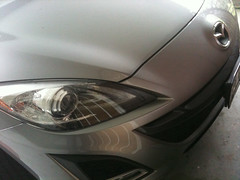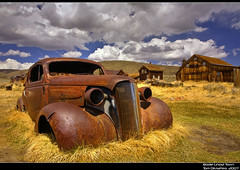 I'm seeing a doctor at the Cancer Agency for a followup appointment today, almost exactly four years to the day since I first found out from my family physician that I have cancer, in January 2007. Back then I was freaking out, but nevertheless I didn't think the disease was as severe as it turned out to be. No one did. We thought we'd caught it early, but we hadn't.
I'm seeing a doctor at the Cancer Agency for a followup appointment today, almost exactly four years to the day since I first found out from my family physician that I have cancer, in January 2007. Back then I was freaking out, but nevertheless I didn't think the disease was as severe as it turned out to be. No one did. We thought we'd caught it early, but we hadn't.
When I left work for my first surgery in February of that year, I thought I might be gone a few months at most. I've never been back, and I won't be. The company has had numerous employees join, work there for a pretty long time, and leave again, all in the time I've been away. (Indeed, there aren't very many people remaining from when I did work there.)
There was a time when I counted the days I'd been under treatment, but I stopped that ages ago. I simply lost count, but I can calculate it out. From my arbitrary Day Zero at the end of January 31, I've now been a cancer patient for 1438 days. Or if you take my diagnosis on January 8, 2007, then I'm now at Day 1461.
In that time, lots of other people have developed cancer—such as Steve Dorner, creator of the Eudora email application. Some—including my online friend Jean-Hugues in Paris, France—have gone into remission or been cured. Some, like actor Patrick Swayze, were diagnosed, had treatment, and then died from it, all while I was still chugging along.
So my cancer has neither been a worst-case scenario of swift and painful death, nor a best-case scenario of quick treatment and cure. I've managed to stay alive for four years, though my chances of reaching five in 2012 are slim. I haven't become an expert on cancer as a disease, but I have become an expert at having cancer.
And having cancer is strange, because it is my own body betraying itself. The tumour cells aren't invaders: they are my own, with my DNA, malfunctioning so that they've lost the ability to be productive parts of my physiology. They won't stop dividing and multiplying, and they do nothing else. So far my medical teams and I have kept them from overwhelming the rest of the cells in my body, so that my lungs and heart and kidneys and liver and intestines and brain and other organs are still working—mostly.
But eventually, like a car that's rusting out, things will start failing, and then I'll die. I'm a lot less angry about that than I used to be, because being angry for four years would have been terribly corrosive in its own way. It's been tough enough emotionally already, on me and on my family.
Some of the people I know continue to be convinced that I'll recover somehow, to say that of course I'll still be alive next Christmas, to imagine that I'll get better, or at least continue chugging along some more as I have so far. But to me, they are like the many people who continue to hope that I'll have some sort of religious conversion, or that I'll suddenly believe in their evidence-free miracle cures. That is, they're doing it for themselves, not for me.
Saying that of course I'll still be around next year is a lie, and I don't like lying to myself, or being lied to because it's supposed to cheer me up. It's possible for me to survive another year or two, but it's unlikely. I could also become a famous rock star or win the lottery, but I shouldn't expect either one, or live my life as if I will.
If you want to say that I'm not near the end of my life, you may do that, but understand that it's for your benefit, and to allay your own fears, not mine. I'm the one who has this body whose cells have gone wrong, and I can feel what it's like. Let's not deny it and pretend that I'm not, okay?
